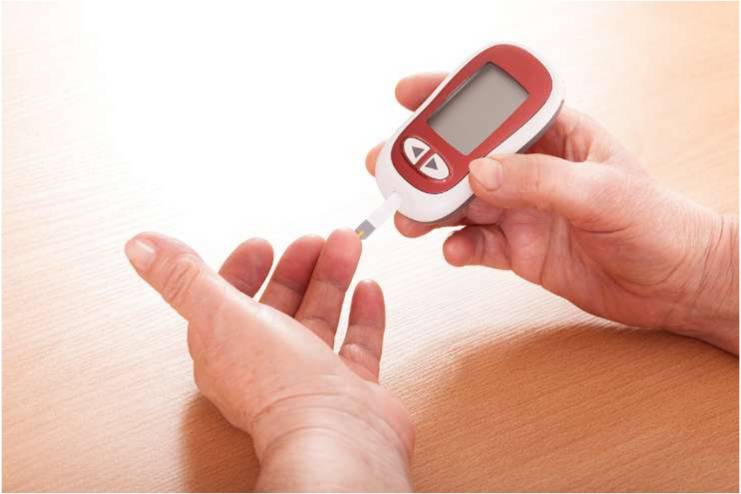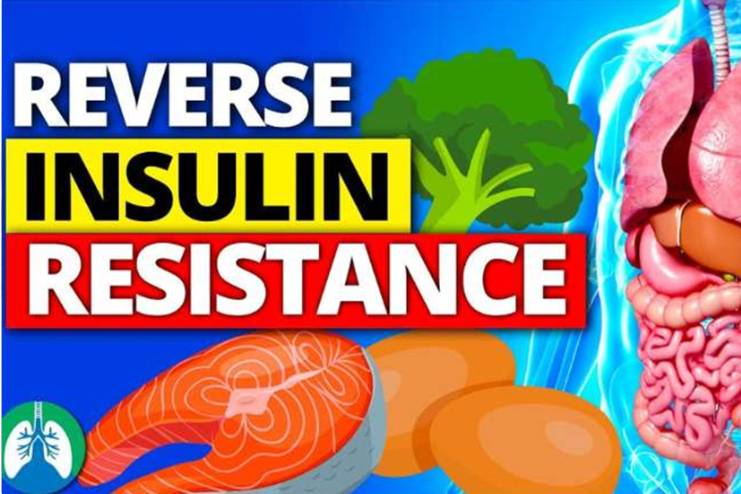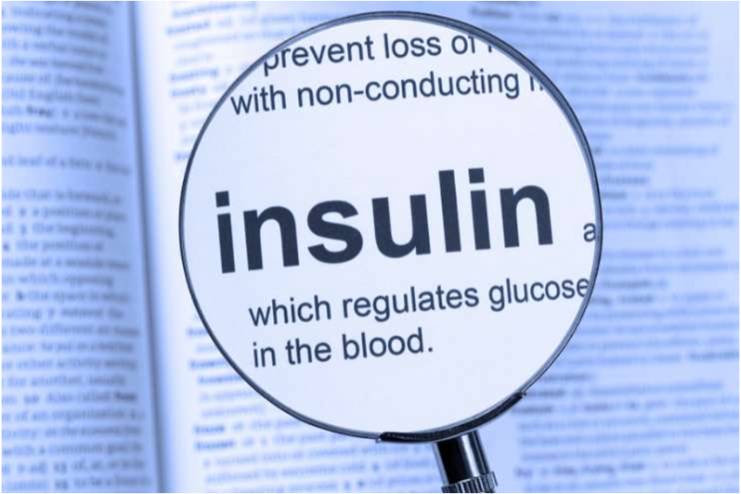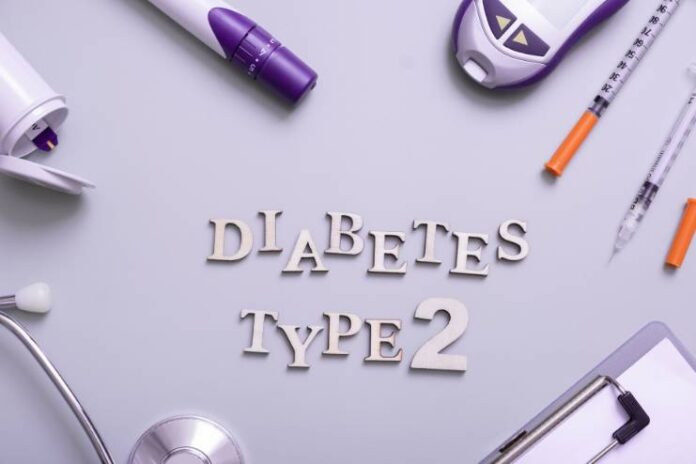Affiliate Disclaimer
Some links in this article are affiliate links. We may earn a small commission if you make a purchase through these links, at no extra cost to you. We only recommend products we find useful to our readersThe connection between insulin resistance and type 2 diabetes has been known for over half a century. Insulin resistance is the most accurate indicator of the onset of type 2 diabetes and, once hyperglycemia occurs, a target for treatment.
Insulin Resistance gradually hampers the body’s capacity to metabolize glucose as cells lose insulin sensitivity. It has the potential to eventually lead to type 2 diabetes, a long-term ailment that can have severe consequences for one’s health.
Understanding this connection is essential for efficient management and prevention of diabetes in the future. Through the implementation of lifestyle adjustments and therapeutic interventions, individuals can reduce their risk of developing type 2 diabetes and halt the progression of insulin resistance, which can be detected in its early stages.
Decoding Insulin Resistance: What It Means for Your Body

When you eat, your body breaks down sugars and releases them into your blood. It raises your blood sugar levels, prompting your pancreas to release insulin. Insulin helps sugars enter your cells to give them energy by binding to receptors on the cell surfaces.
Insulin resistance happens when these receptors don’t work correctly, so your cells need more insulin to let in sugar. This extra demand wears out the pancreas over time. As a result, too much sugar stays in your blood, leading to health problems. If you don’t manage insulin resistance, it can eventually develop into diabetes.
Methods for Insulin Resistance Testing

Testing is the only way to determine if you have insulin resistance. You can use the following tests to identify insulin resistance:
Fasting glucose test: This test measures blood sugar after an overnight fast. Its goals are diabetes diagnosis and blood glucose monitoring. Normal fasting blood sugar is 70-100 mg/dL.
Oral glucose tolerance test (OGTT): This diagnostic examination identifies glucose intolerance problems or diabetes. Blood sugar levels are measured both before and after consuming a sugary solution to assess how well the body handles sugar. After two hours, normal glucose levels should be less than 140 mg/dL.
Four-Hour Kraft Insulin Survey: This survey measures insulin secretion and resistance. It analyzes insulin and glucose levels while fasting and at specific intervals four hours after drinking the sweet solution. This gold-standard insulin resistance survey is used to diagnose early-stage diabetes and identify high-risk patients. Testing helps clinicians decide the optimal treatment for insulin resistance or prediabetes.
How You Can Reverse Insulin Resistance

Leading endocrinologist and nutritionist, Dr. Jane Smith advocates a natural way to treat type 2 diabetes. Dr. Smith’s research shows how significant diet and lifestyle modifications can be in controlling and reversing type 2 diabetes. Dr. Smith advocates for a diet high in complete, unprocessed foods.
Eat less: Reducing calories is the best way to reduce weight and enhance insulin sensitivity.
Consume food high in fiber and nutrients: Increasing your intake of healthy grains, legumes, lean meats, and veggies helps you metabolize insulin better and control blood sugar levels.
Reduce stress: Engaging in mindfulness, meditation, or yoga can reduce stress chemicals like cortisol, which can exacerbate insulin resistance. Try incorporating these routines into your everyday life.
Reduce sugar and carbs: To avoid blood sugar spikes and lessen the strain on your pancreas, reduce the quantity of added sugars and refined carbohydrates in your diet.
Read More: How to Reverse and Prevent Insulin Resistance with Simple Lifestyle Changes
Managing Insulin Resistance

Managing insulin resistance effectively involves combining traditional and innovative approaches. Recently, advanced treatments like continuous glucose monitors (CGMs) have emerged. These devices offer real-time insights into glucose levels and insulin responses, helping tailor interventions more precisely.
About 40% of adults in the United States suffer from insulin resistance. Gerald I. Shulman, MD, PhD, is the George R. Cowgill Professor of Medicine (Endocrinology) and Cellular and Molecular Physiology, Investigator Emeritus of the Howard Hughes Medical Institute, and co-director of the Yale Diabetes Research Center. He focuses his research on the molecular causes of insulin resistance.
“Type 2 diabetes, cardiovascular disease, fatty liver disease, neurogenerative disease, and obesity-associated cancers are all influenced by insulin resistance, which is one of the major threats to global health in the 21st century,” according to Shulman. “Knowing the molecular causes of insulin resistance can help develop innovative treatments to prevent these illnesses.”
Resources to Manage Insulin Resistance and Type 2 Diabetes: Where to Find Assistance

Although managing type 2 diabetes and insulin resistance might be difficult, several services are available to help:
Support Groups: Join groups like the American Diabetes Association or Diabetes UK for community support and advice.
Online Forums: Engage with others on platforms such as Diabetes Daily for shared experiences and tips.
Educational Materials: Access free eBooks and guides on diet, exercise, and management strategies from Joslin Diabetes Center and Mayo Clinic.
Downloadable Resources: Check out the Medical Management of Type 2 Diabetes eBook.
These resources offer helpful information and assistance from the community to help you effectively manage type 2 diabetes and insulin resistance.
Conclusion
Insulin resistance is a crucial factor in developing type 2 diabetes; nevertheless, understanding insulin resistance can help you take responsibility for your health and make better decisions.
You can improve insulin sensitivity by recognizing early warning signs, making minor lifestyle changes, and learning to manage stress. If you remain aware and take preventative measures, you can dramatically lower the risk of acquiring type 2 diabetes and live a healthy life. It is time to take action to improve one’s health condition.
References
- https://www.cdc.gov/diabetes/about/insulin-resistance-type-2-diabetes.html
- https://www.ncbi.nlm.nih.gov/pmc/articles/PMC3314346
- https://diabetesjournals.org/diabetes/article/61/4/778/15927/Insulin-Resistance-and-Type-2-Diabetes
- https://medicine.yale.edu/internal-medicine/news-article/how-to-reverse-insulin-resistance
- https://naturallyactivehealth.com/dr-jane-smith-unveils-groundbreaking-natural-method-to-combat-type-2-diabetes
- https://www.dummies.com/article/home-auto-hobbies/food-drink/recipes/diabetes-recipes/insulin-resistance-diabetes-250205
- https://www.rupahealth.com/post/insulin-resistance-testing
- https://medicine.musc.edu/departments/family-medicine/research/rcmar/insulin-resistance
- https://www.expresslabidaho.com/insulin-resistance-testing-idaho-falls-pocatello-rexburg
- https://www.onedose.io/en/how-to-measure-insulin-resistance-at-home
- https://www.nytimes.com/2023/10/03/well/live/reverse-insulin-resistance.html
- https://www.eatingwell.com/can-you-reverse-insulin-resistance-8559317
- https://www.nebraskamed.com/health/conditions-and-services/diabetes/5-best-foods-to-improve-insulin-resistance
- https://www.healthcentral.com/condition/type-2-diabetes/how-to-reverse-insulin-resistance
- https://www.diabetes.org.uk
- https://diabetes.org
- https://www.joslin.org
- https://www.diabetesdaily.com
- https://www.mayoclinic.org
- https://www.everand.com/book/330621233/Medical-Management-of-Type-2-Diabetes
In this Article

















